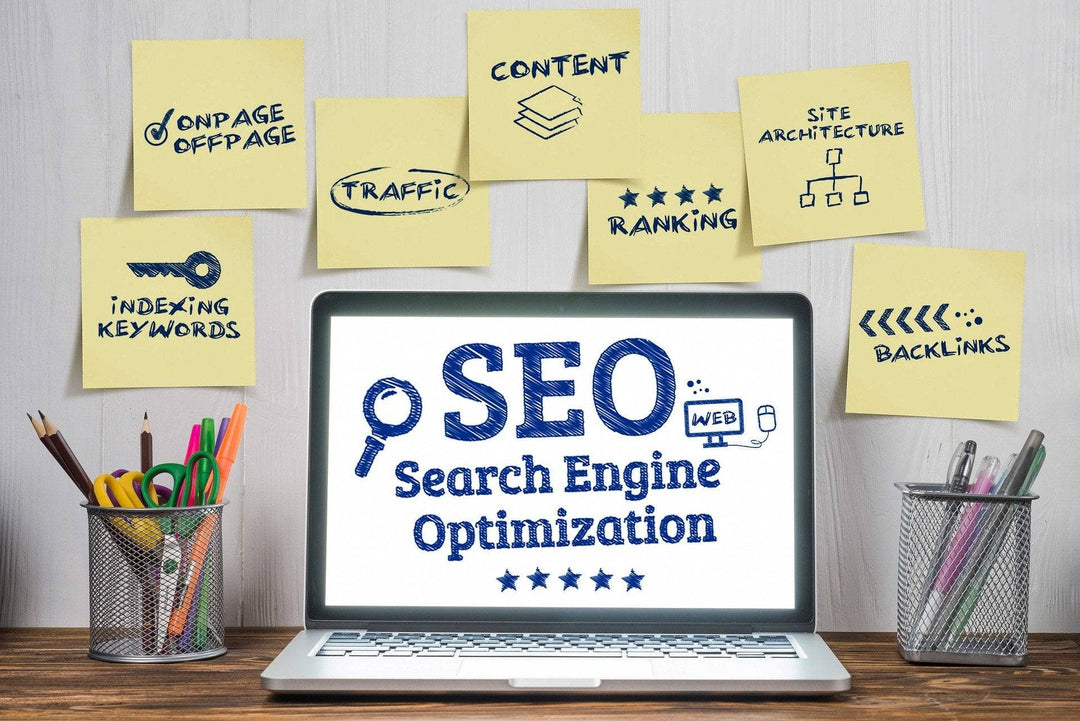Overview
Email marketing is essential for Shopify stores to drive sales and build customer relationships. Key strategies include understanding your audience, creating customer personas, building a quality email list, crafting engaging content, optimizing for mobile, implementing automation, and testing campaigns. Ensure compliance with regulations and maintain consistency to keep your audience engaged. Creativity in campaigns, along with soliciting feedback, can enhance effectiveness. Follow these best practices to improve email marketing results and foster customer loyalty.
Frequently Asked Questions
1. What is the importance of email marketing for Shopify stores?
2. How can I understand my audience for email marketing?
3. What are some strategies to build a quality email list?
4. How can I optimize my emails for mobile devices?
5. What are A/B tests and how do they help in email marketing?
Email marketing is a cornerstone of digital marketing, especially for Shopify stores looking to drive sales and build customer relationships. In a digital landscape teeming with information, standing out can be a challenge. However, by following best practices in email marketing, you can effectively engage with your audience and increase your store's sales potential. In this article, we will delve into various strategies and tactics that will help you master email marketing tailored specifically for your Shopify store.
Understand Your Audience
Before launching an email marketing campaign, it's essential to understand your audience. Segmenting your customers based on their behavior, preferences, and purchase history can dramatically enhance your email marketing effectiveness.
Creating Customer Personas
Develop detailed customer personas that represent different segments of your audience. Consider their demographics, interests, pain points, and shopping behavior. Understanding these factors will help you tailor your message to resonate with each segment.
Build a Quality Email List
Your email marketing success hinges on the quality of your email list. Focus on building a list of engaged subscribers who are genuinely interested in your products.
Utilizing Signup Forms
Embed signup forms on your Shopify store, including pop-ups, footer forms, and checkout pages. Ensure the forms are easy to locate and fill out. Offer incentives such as discounts or exclusive content to encourage sign-ups.
Leverage Social Media
Promote your email newsletter through your social media platforms. Use compelling visuals and calls-to-action (CTAs) to drive followers to subscribe. Consider using tools from a Shopify Digital Marketing Workshop to create effective campaigns that can attract more leads.
Create Engaging Content
Content is king when it comes to email marketing. Your subscribers need to see value in the emails they receive from you.
Craft Attention-Grabbing Subject Lines
Your subject line is the first thing recipients see; make it count! Create urgency, offer value, or spark curiosity within your subject line. A well-crafted subject line can significantly improve your open rates.
Personalize Your Emails
Personalization goes beyond just addressing the recipient by their first name. Use data from customer interactions to recommend products or suggest relevant content based on their past behavior.
Optimize for Mobile Devices
With a significant portion of emails being read on mobile devices, optimizing your emails for mobile is no longer optional.
Responsive Design
Employ responsive design techniques to ensure your emails look good on any device. This includes using large font sizes, concise text, and strategically placed buttons that are easy to tap. Testing your emails on various devices before sending can help identify any issues early on.
Implement Automation
Email automation can save you time and ensure that customers receive timely communication based on their interactions with your store.
Set Up Drip Campaigns
Drip campaigns are a series of automated emails sent based on specific actions. For instance, send a welcome email immediately after someone subscribes, followed by a series of emails introducing your brand and products. Use an AI search engine for increasing eCommerce sales by delivering these emails at optimal times based on user behavior.

Abandoned Cart Emails
One of the most effective automated emails you can send are abandoned cart reminders. If someone adds products to their cart but doesn't complete the purchase, a friendly reminder can encourage them to return and finalize their transaction.
Test and Analyze Your Campaigns
Continuous improvement is vital in email marketing. Analyze the performance of your campaigns and make adjustments as necessary.
A/B Testing
Run A/B tests on different email elements—subject lines, content layout, images, and CTAs. Measuring which versions perform better can help you fine-tune your campaigns over time.
Track Key Metrics
Monitor important metrics such as open rates, click-through rates (CTR), and conversion rates. These metrics provide insight into how well your emails are engaging your audience. Use this data to inform future campaigns to maximize their impact.
Keep Compliance in Mind
Adhering to email marketing regulations is not only ethical but also protects your business from penalties.
Understand the Regulations
Familiarize yourself with regulations such as the CAN-SPAM Act and GDPR. Ensure that your subscribers have opted-in to receive emails and that they have a clear option to unsubscribe at any time.
Privacy Policies
Be transparent about what data you collect from your subscribers and how you use it. This builds trust and encourages more people to subscribe to your list.
Stay Consistent and Engaging
To maintain engagement with your audience, develop a consistent email marketing schedule. Regularly sending emails keeps your brand in the minds of your customers, making them more likely to make a purchase.
Curate Value-Driven Regular Communiques
Whether it's a weekly newsletter or monthly updates, ensure that your emails consistently offer value. Include discounts, industry news, or helpful tips to keep subscribers engaged and wanting more.
Encourage Customer Feedback
Inviting customers to share their feedback can provide valuable insights into what’s working and what needs improvement.
Solicit Reviews and Testimonials
Encourage customers to leave reviews and share their experiences. You can weave these testimonials into your email campaigns to build social proof and credibility for your Shopify store.
Be Creative with Your Campaigns
Don't shy away from creativity. Try different formats such as quizzes, surveys, or storytelling to make your emails more engaging.
Utilize Seasonal Themes
Capitalize on holidays or seasonal events by tailor-making your email content to fit the occasion. Seasonal themes can invoke a sense of urgency and excitement among your subscribers.
Wrap It Up with a Bang
Implementing these email marketing best practices in your Shopify store can pave the way for increased engagement and sales. As you work on building a solid email marketing strategy, remember to focus on quality over quantity. A well-targeted, personalized email can far outperform a mass email sent without thought. Each email should tell a story, provide value, and foster a relationship with your customers. With the right tactics, your Shopify store can thrive through effective email marketing. Embrace the creative journey, and watch your business flourish!
Linked Product

Shopify Digital Marketing Workshop / 2-day Intensive Class
The Shopify Digital Marketing Workshop offers a focused, hands-on experience for store owners looking to enhance their digital marketing skills, including effective email marketing strategies. Over two days, participants will learn practical techniques to improve customer engagement and drive traffic to their stores. This workshop is ideal for those seeking to implement best practices that can lead to increased sales and a stronger online presence.
View Product





Leave a comment